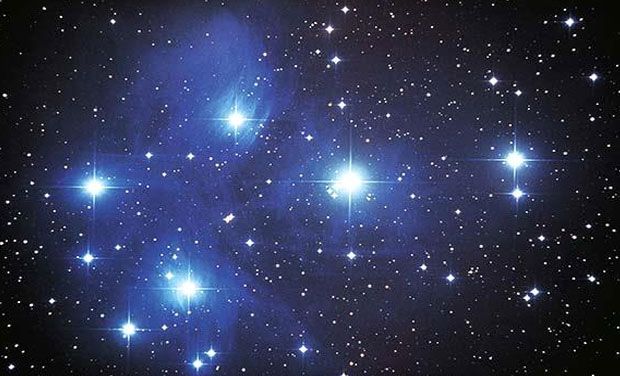
Washington: A new study has revealed that even stars that don’t stay together in a cluster will share a chemical fingerprint with their siblings which can be used to trace them to the same birthplace.
According to the study by astrophysicists at the University of California, Santa Cruz, astronomers could potentially find the sun’s long-lost siblings even if they are now on the opposite side of the galaxy.
Mark Krumholz, professor of astronomy and astrophysics at UC Santa Cruz said that they can see that stars that are part of the same star cluster today are chemically identical, but they had no good reason to think that this would also be true of stars that were born together and then dispersed immediately rather than forming a long-lived cluster.
Krumholz and UC Santa Cruz graduate student Yi Feng used supercomputers to simulate two streams of interstellar gas coming together to form a cloud that, over the course of a few million years, collapses under its own gravity to make a cluster of stars.
Studies of interstellar gas show much greater variation in chemical abundances than is seen among stars within the same open star cluster. To represent this variation, the researchers added “tracer dyes” to the two gas streams in the simulations. The results showed extreme turbulence as the two streams came together, and this turbulence effectively mixed together the tracer dyes.
The simulations also showed that the mixing happens very fast, before much of the gas has turned into stars. This is encouraging for the prospects of finding the sun’s siblings, because the distinguishing characteristic of stellar families that don’t stay together is that they probably disperse before much of their parent cloud has been converted to stars. If the mixing didn’t happen quickly enough, then the chemical uniformity of star clusters would be the exception rather than the rule. Instead, the simulations indicate that even clouds that don’t turn much of their gas into stars produce stars with nearly identical chemical signatures.
The study was published in the Nature.


